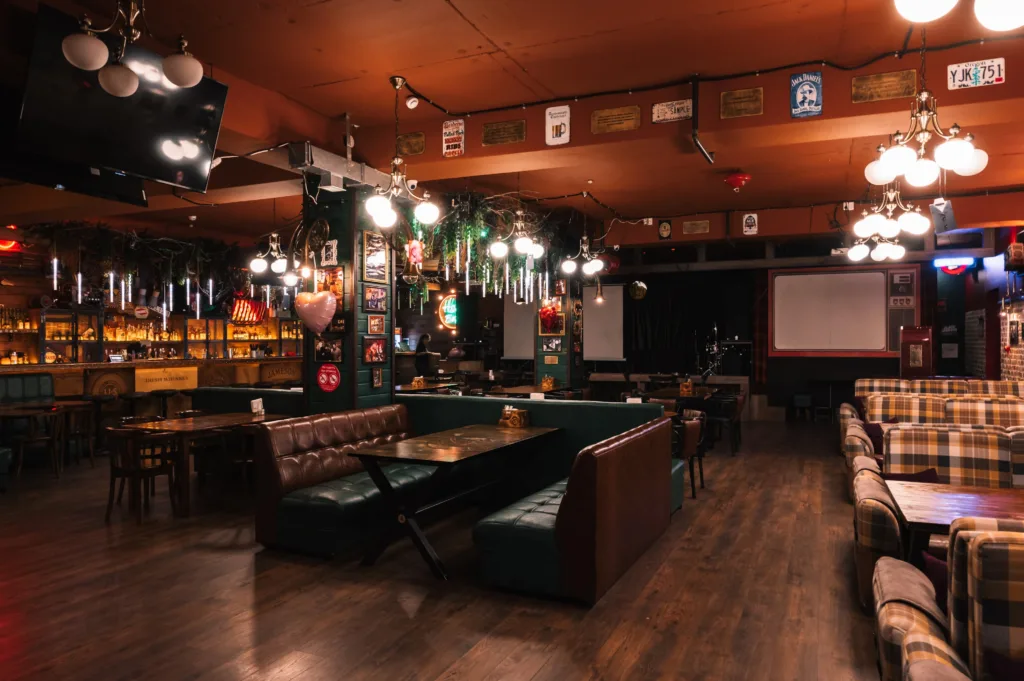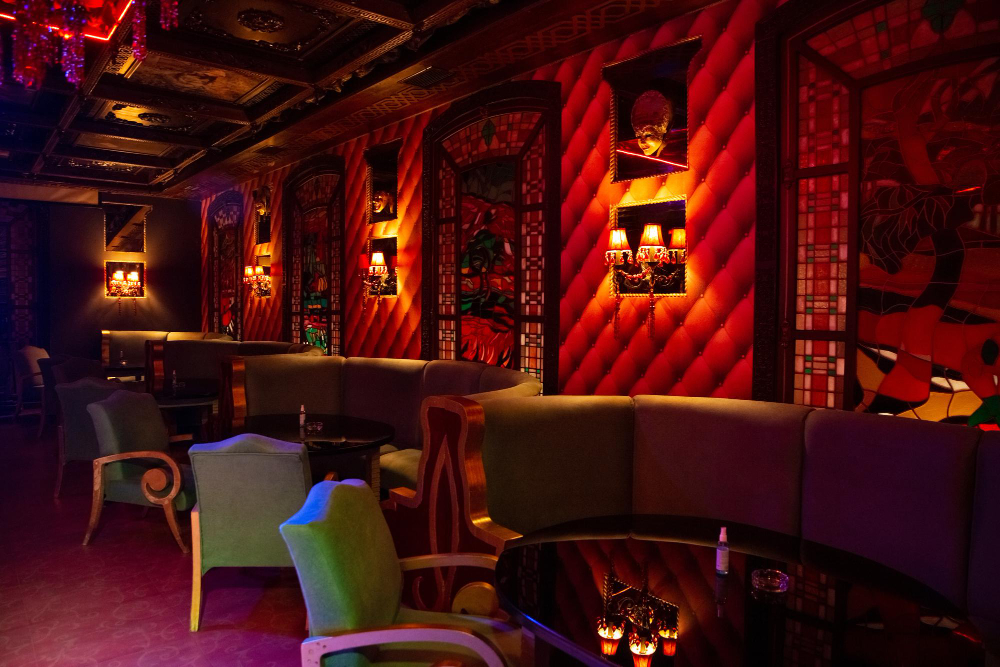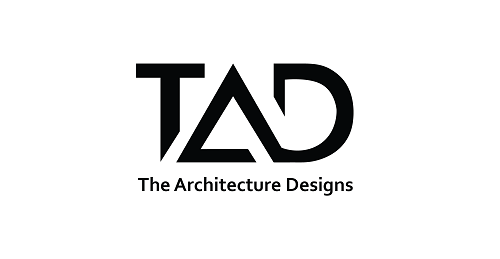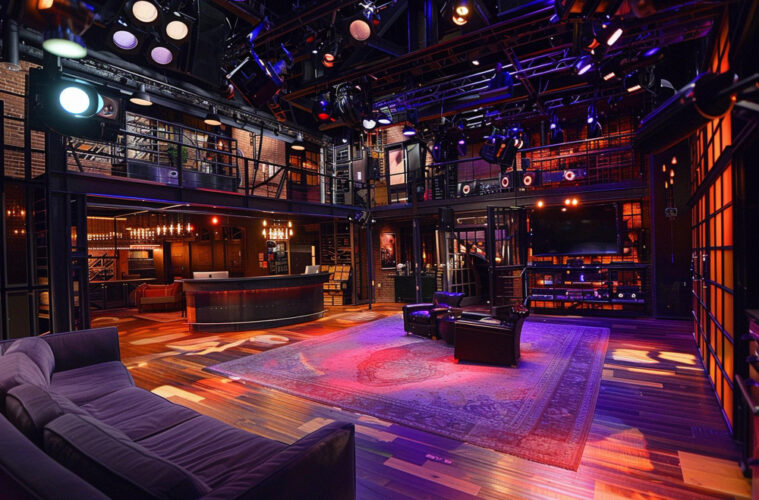The design of a nightclub is far more than just flashing lights and trendy furniture. It’s a
sophisticated blend of acoustics, spatial planning, and aesthetics, all working together to create an unforgettable experience. Nightclub interior designers are the masterminds behind this harmony, turning raw spaces into high-energy environments that captivate the senses. Their approach is equal parts art and science, using innovation and expertise to influence how people feel, move, and engage in a space. As nightlife continues to evolve, so does the role of the nightclub designer, whose job is to stay ahead of both trends and technology.
Balancing Acoustics with Atmosphere
 Sound is at the core of any successful nightclub experience. But great acoustics don’t happen
Sound is at the core of any successful nightclub experience. But great acoustics don’t happen
by accident, they are meticulously engineered. Nightclub interior designers work closely with
sound consultants and audio engineers to ensure that every surface, ceiling, and corner
contributes to the right kind of auditory experience. Materials like acoustic panels, wall
treatments, and custom fixtures are used to minimize echo and maximize clarity, even in loud,
crowded spaces.
What separates a standard venue from an exceptional one is how well the sound is integrated
into the design. A nightclub should have zones where the bass thumps for dancing and quieter
corners for socializing. This balance is achieved by manipulating materials, ceiling heights, and
even the furniture layout. In many ways, nightclub designers approach the space like an
instrument, tuning it until the entire venue plays in harmony.
Maximizing Space for Flow and Function
Space planning is another crucial element in nightclub design. Crowded or poorly organized
clubs can ruin the vibe, no matter how good the music is. A skilled nightclub designer
understands how people move through a venue, from the entrance to the dance floor to the bar
and lounge areas. Their design must anticipate crowd flow, optimize sightlines to the DJ booth
or stage, and provide a seamless transition between different areas.
Unlike traditional restaurant spaces, nightclubs require a flexible design that can shift throughout the night. What begins as a social lounge in the early evening transforms into a full-throttle dance party by midnight. Designers use movable furniture, retractable walls, and modular lighting to accommodate these transitions effortlessly. This flexibility is often what makes or breaks a venue’s success in today’s dynamic entertainment market.
Infusing Style to Reflect Identity
While functionality is key, style is what creates a memorable and Instagram-worthy experience.
Nightclub interior designers draw inspiration from a range of sources, art, fashion, architecture,
and even nature, to create a space that is visually striking and on-brand. Every design element,
from the color palette to the lighting fixtures, plays a role in telling the club’s story.
Modern nightclub design is deeply rooted in storytelling and branding. Whether the venue is
aiming for a sleek, futuristic feel or a gritty underground vibe, the designer ensures that every
detail aligns with the identity of the brand. This same attention to atmosphere and identity is also found in the work of a top restaurant designer, who must evoke a similar emotional response from patrons through space.
Lighting, in particular, plays a dual role in nightclub interiors. Beyond visibility, it sets the tone,
and color-changing LED systems, spotlighting, and projections are used to shift the mood
instantly. Texture, materials, and art installations further enhance the ambiance, creating an
immersive environment where every element is curated to support the club’s theme and
function.
Restaurant Designers and Nightclubs: A Shared Language

In fact, many high-profile designers now work across both industries, bringing techniques from fine dining to nightlife and vice versa. The seamless blend of functionality and atmosphere seen in modern restaurants is making its way into clubs, while the bold, experiential nature of club design is influencing how restaurants approach space.
The Future of Experiential Design
As nightlife continues to evolve, nightclub interior designers are becoming key players in
shaping how we gather and celebrate. Their ability to blend sound, space, and style transforms ordinary venues into unforgettable experiences. With insights drawn from other sectors like hospitality and restaurant design, they are redefining what it means to design for emotion and energy.
Whether crafting an intimate lounge or a sprawling superclub, the best nightclub designers don’t just decorate, they orchestrate. Their work is a sensory performance that unfolds in real time, creating lasting impressions long after the music stops.



